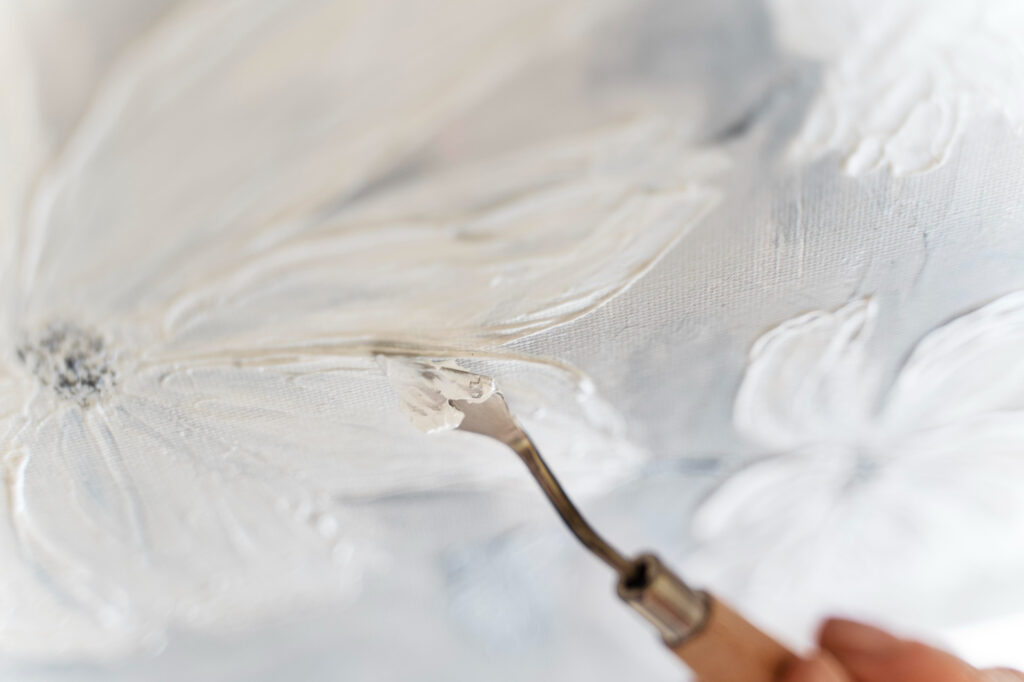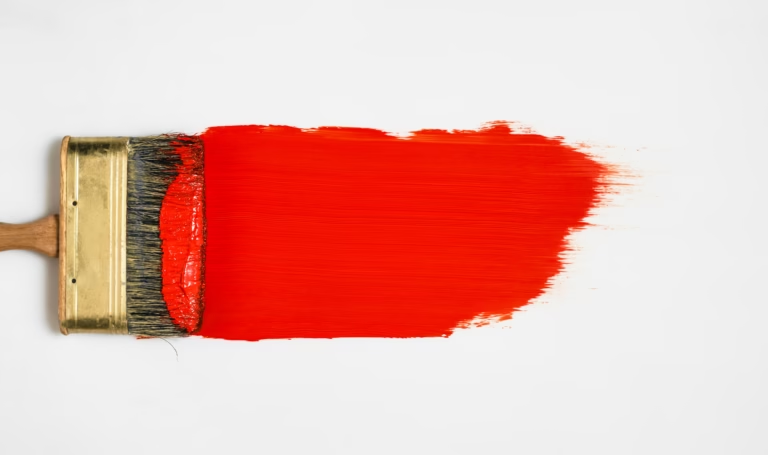In the world of digital art, where colors can be dialed in with perfect precision, it’s easy to get caught up in the vibrant hues and forget the fundamental importance of value. Value, simply put, refers to the lightness or darkness of a color. More than any other element, it’s the foundation upon which compelling and realistic paintings are built. Understanding and controlling value is the key to creating depth, form, and mood, and it’s also your best weapon against the dreaded “muddy” painting.
Why Values Reign Supreme:
Think of value as the skeleton of your painting. It defines the structure, form, and light. Even a painting with limited color can be incredibly striking if the values are well-executed. Here’s why:
- Creates form: Value is what allows us to perceive three-dimensional forms on a two-dimensional surface. Light hitting an object creates variations in value, defining its shape and texture.
- Establishes depth: Lighter values tend to recede, while darker values come forward. By strategically using value contrasts, you can create a sense of depth and distance in your paintings.
- Directs the eye: Our eyes are naturally drawn to areas of high contrast in value. By controlling where the lightest and darkest values are placed, you can guide the viewer’s eye through the composition and highlight the most important elements.
- Sets the mood: The overall value range of a painting significantly influences its mood. High-key paintings (mostly light values) tend to feel bright and cheerful, while low-key paintings (mostly dark values) evoke a sense of mystery or drama.
- Underpins color harmony: Even with a limited color palette, a strong value structure can create a visually appealing and harmonious painting. Values act as a framework that supports and enhances the colors you choose.

Avoiding Muddy Colors: The Value Connection
Muddy colors are often the result of poor value choices. When values are too similar or poorly planned, colors tend to blend together in an unappealing way. Here’s how to avoid it:
- Understand value relationships: Colors don’t exist in isolation. Their appearance changes depending on the values of the colors around them. Learning to perceive and understand these relationships is crucial. A light blue next to a dark gray will look brighter than the same light blue next to a light cream color.
- Create strong value contrasts: To avoid a muddy look, aim for clear distinctions between light and dark areas. This doesn’t mean you can’t have subtle value gradations, but ensure there are also areas of strong contrast to anchor the composition.
- Don’t over-blend prematurely: Avoid the temptation to blend everything together right away. Establish your values first, and then selectively blend where necessary to create smooth transitions and realistic forms. Over-blending can easily lead to a muddy, indistinct look.
- Use a limited palette: Working with a limited color palette forces you to focus on value relationships. It’s easier to maintain clarity and avoid muddiness when you’re not overwhelmed by too many color choices. Consider using a split-primary or analogous color scheme.
- Value before color: Start with a grayscale value study before adding color. This allows you to focus solely on establishing the underlying value structure without being distracted by hue and saturation.
Techniques for Painting Correct Values:
- Grayscale studies: Practice painting in grayscale to hone your value skills. This will help you develop your eye for value and understand how light interacts with form.
- Value scale: Create and refer to a value scale (from pure white to pure black) while painting. This provides a visual reference for the values you’re using and helps you maintain consistency.
- Color picker waareness: Pay attention to the value slider in your color picker. Train yourself to think in terms of value as you choose your colors.
- Overlay mode check: Create a duplicate layer of your artwork and set its blend mode to “Hue” or “Saturation.” This will leave you with only the value information visible. Analyze this layer to identify areas where your values are weak or need adjustment. Alternatively, convert your image to grayscale.
- Use eeference images: Study reference photos carefully, paying close attention to the values. Try to replicate the value structure of the reference image in your own painting.
- Practice, practice, practice: The best way to improve your value skills is to practice regularly. Experiment with different lighting scenarios and subjects, and don’t be afraid to make mistakes.
Mastering value is essential for creating compelling and believable digital paintings. By understanding its importance, learning to avoid muddy colors, and practicing regularly, you can elevate your art to new heights and create truly stunning visuals. So, prioritize value in your painting process, and watch your art transform from flat and lifeless to dynamic and captivating.
